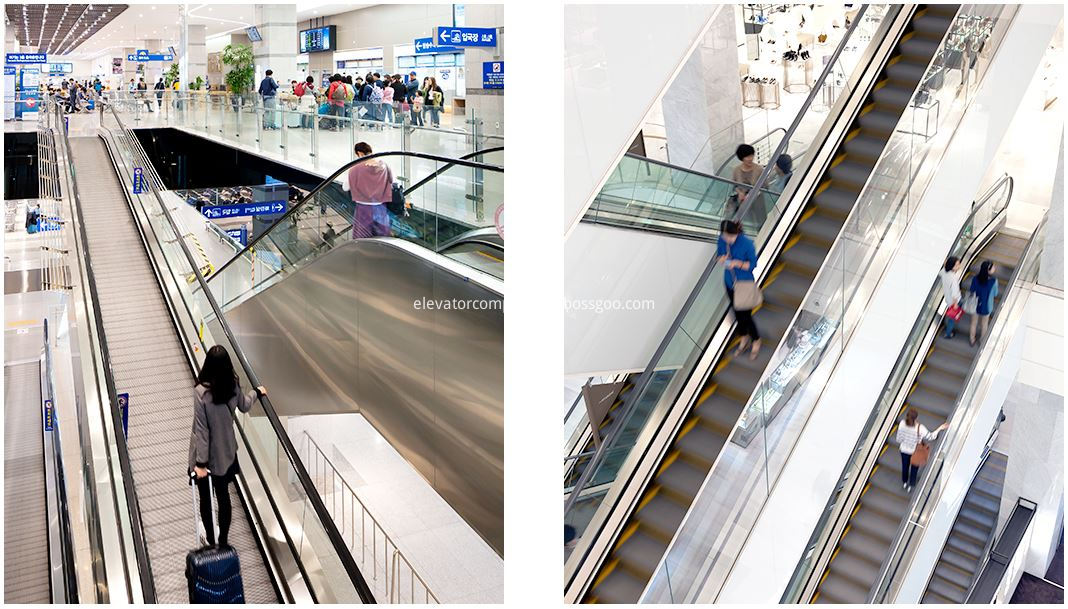Brief introduction of fertilization techniques for navel orange
There are two kinds of fertilization of navel orange: soil fertilization and root topdressing, mainly soil fertility.
(1) Soil fertilization: Soil fertilization should not only facilitate the root system to absorb fertilizer as soon as possible, but also prevent the root system from being damaged. Therefore, fertilization should be done in a timely manner, due to trees, and fertilizer. Adhere to shallow root application, deep application, shallow application in spring and summer, deep application in autumn and winter; shallow application of inorganic nitrogen, phosphorus and potassium fertilizer, and deep application of organic fertilizer. Fertilization in autumn and winter should be combined with deep turning and expanding points to change soil and embed green manure; phosphate fertilizer is easy to be fixed by soil, and mixed with decomposed organic fertilizer has good effect.
There are various methods for fertilization in soil. The young trees of navel orange are applied by annular ditch; the results of adult navel orange trees are strip-shaped ditch; the navel orange trees with narrow terraces are treated with radial ditch. In view of the fact that the navel orange fruit tree is a deep-rooted crop, the root system is mainly distributed in the depth of 40-80 cm. The position of fertilization should be outside the canopy drip line, and it should not be near the main root under the trunk.
1 Ring groove fertilization: According to the size of the canopy, centered on the trunk, open the annular groove near the outer edge of the canopy. The depth of the ditch depends on the depth distribution of the root system, generally 20 to 30 cm deep and 30 cm wide. The advantage of annular fertilization is that it is easy to use, but it is easy to carry, but it is small in area and easy to damage. It is often used for fertilization in young trees.
2 Radial fertilization: According to the size of the crown, 4 to 6 radial grooves are dug in the tree tray. The width of the groove is about 30 cm. It should be shallow near the trunk and deeper outward. This method has fewer roots and changes the fertilization site every other year or every other time to expand the fertilization area.
3 strip ditch fertilization: open strips between the rows of navel orange trees or between plants, 30 cm deep and wide, fill the soil after fertilization; turn around in the inter-plant and inter-row, suitable for adult navel orange garden, especially It is a closed line of navel orange garden fertilization.
4 hole-like fertilization: 4 to 8 holes are evenly circulated at the outer edge of the canopy, the depth of the hole is 20-30 cm, and the width is 30 cm. The fertilizer is applied into the hole and covered with soil after infiltration. The method of smear fertilization is simple, and the roots are less, but the fertilization area is small, which is suitable for applying liquid fertilizer.
5 Fertilization in the whole garden: Spread the fertilizer evenly throughout the garden and then turn it into the soil. It is suitable for the orange orchard adult orchard with roots covered in the whole garden, but the fertilization depth is shallow, and the roots are easy to be introduced. It should be used alternately with other methods.
(2) Top dressing: root dressing is also called foliar fertilization. The nitrogen fertilizer used for foliar application is mainly urea, ammonium sulfate and ammonium nitrate, and urea is the best; phosphate is mainly ammonium phosphate (mixture of ammonium dihydrogen phosphate and ammonium hydrogen phosphate), superphosphate, phosphoric acid Potassium hydrogen, dipotassium hydrogen phosphate, etc., of which the effect of ammonium phosphate is the best. Superphosphate is applied as foliar fertilization, soaked in water for a day and night before use, and prepared according to the required concentration; potassium fertilizer, mainly potassium dihydrogen phosphate, potassium sulfate, potassium chloride, potassium nitrate and dipotassium hydrogen phosphate, etc. Potassium hydrogen is best.
In order to save man-hours during fertilization, different fertilizers are usually mixed and applied, while satisfying the comprehensive requirements of nutrient elements for growth and development of navel orange, and sometimes proper mixing of fertilizers can improve fertilizer efficiency.
Hyundai Escalator Spare Parts, Hyundai Escalator Parts, Hyundai Escalator Replacement Parts
Hyundai Escalator Model S SERIES: S-BT, S-BB

Hyundai Escalator Spare Parts, Hyundai Escalator Parts, Hyundai Escalator Replacement Parts
CEP Elevator Products ( China ) Co., Ltd. , https://www.china-elevators.com

